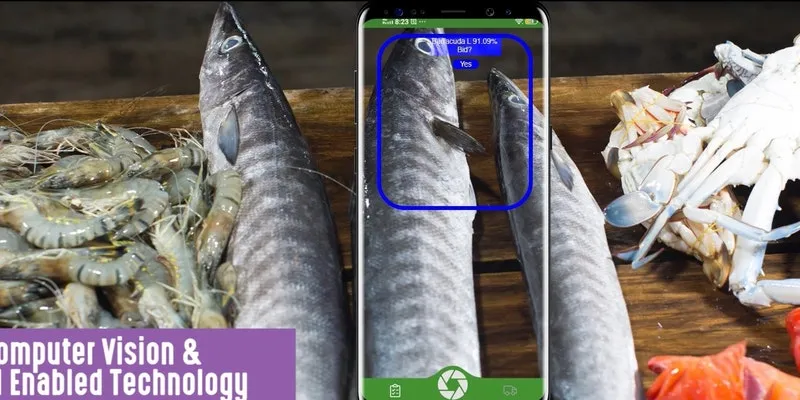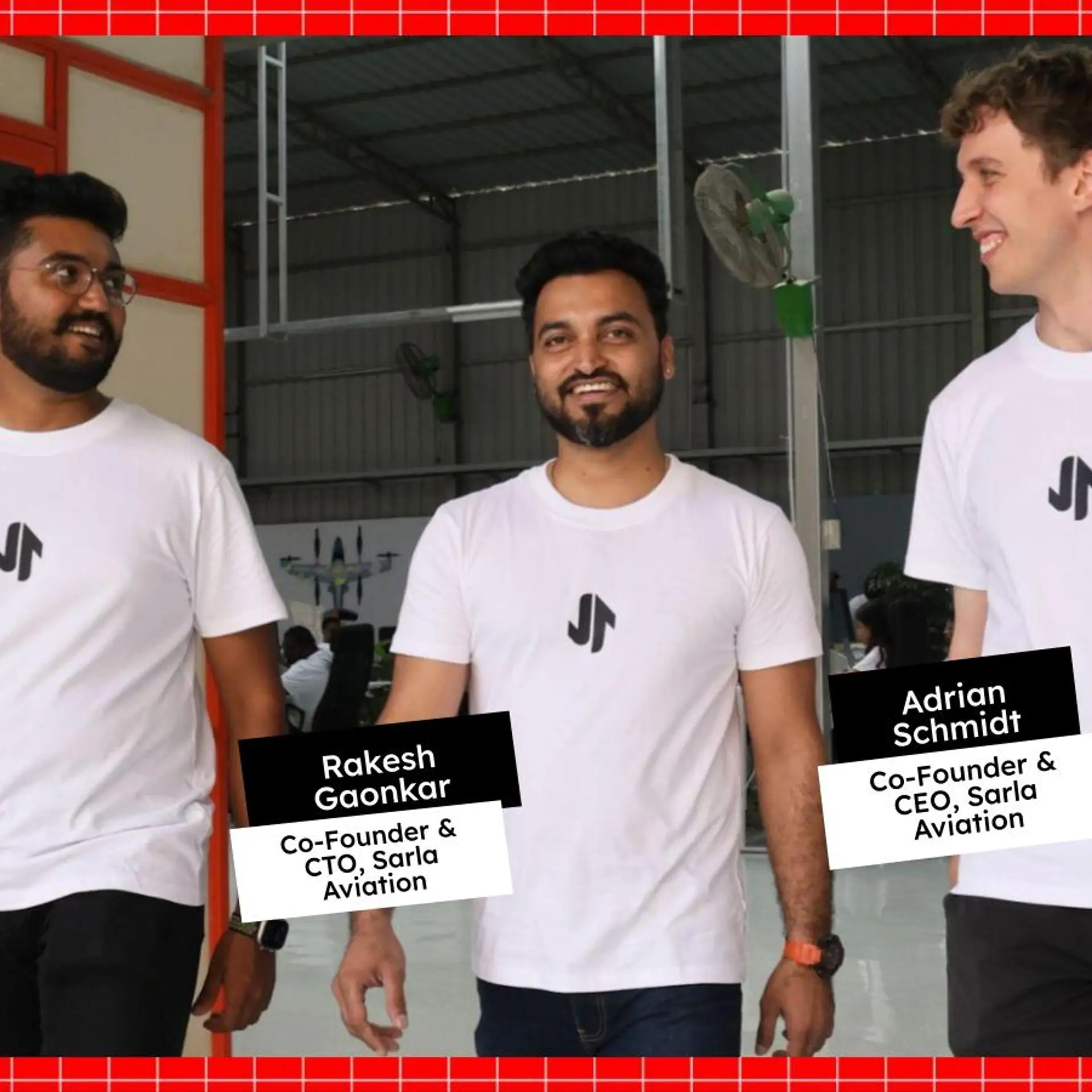[Product roadmap] How FreshToHome brings fish and meat from the coast into your kitchen
A product roadmap clarifies the why, what, and how behind what a tech startup is building. In this article of this series, we take a closer look at Bengaluru-based online meat startup FreshToHome, which has now expanded to Dubai.
For 34-year-old Srinivas M, the day begins at two in the morning. He spends the night at sea and heads to the harbour to sell his catch. Auctions begin in the next two hours, and selling fish is what gets food on the table for his family.
Usually, he needs to jostle with over 6,000 other fishermen at the Kochi harbour, but life has become easier for Srinivas with the app. He simply puts up his product on the app, which is then bought by the startup.
Launched in 2015 by Shan Kadavil, the startup delivers fresh, chemical-free seafood and meat in Bengaluru, Delhi-NCR, Chennai, Trivandrum, Cochin, and Thrissur. The platform offers a range of products, including fish, poultry, mutton, steaks, and fillet.

Shan and Mathew (R-L)
Bringing fishermen online
The app works on a simple and gamified model. Once a fisherman opens the app, the camera “reads” the fish, and detects the variety, size, based on which the fisherman puts in his bid. At the other end, one or two “feet on street” bid at auctions, pick up the catch, and transport it through the cold chain to respective hubs.
“The app reads the fish based on neural network training that detects the kind of fish. We use an AI-based, US-patented technology. The tech has been built thanks to the core team’s collective experience at Zynga. We were able to focus on making the app more interactive and easy to use for the fishermen,” says Shan Kadavil, Co-founder and CEO of FreshToHome.
The team, which has already made a revenue of Rs 330 crore this year, is aiming for an annualised revenue of Rs 350 crore by the end of this financial year.
The team now has 60-plus trucks, 1,500 people, and 100 hubs across India and Dubai. The startup, which began operations in 2015 and has so far raised $31 million in funding, has over a million orders a month.

Image credit: Daisy Mahadevan
Starting with the supply
When Shan got the idea of starting an online platform for meat and fish, he knew he had to get supply on board.
“Pure supply wouldn’t work here. The network of fishermen along the coast is huge and the middlemen operating are very strong and powerful. Mathew (Joseph) helped us here. He has been a fish exporter for 35 years; he is the one who acquires the feet on street and is acquainted with the fishermen community,” Shan says. Mathew is the Co-founder at FreshToHome.
Mathew had in 2012 built an online platform for fresh fish, Sea to Home. He would export fish from Cochin to Delhi and Bengaluru, but not being a consumer player and the lack of ecommerce understanding made it difficult for him to scale.
The platform was unsuccessful, but it led to the birth of FreshToHome. With the network already in place, the next step was to understand the needs of the farmer.
“With Mathew, we were able to bring in the understanding of what the farmer needs, and offer a mix of gamification and easy-to-use tech. The product is in their local languages and helps fishermen bid for different kinds of fish,” Shan explains.

The fishermen' app
Partnering with the HORECA market
The platform is today able to buy products at a pre-agreed price of Rs 2 lakh for the fish yield, but it wasn’t easy in the early days. Fishermen were reluctant and unwilling to be onboarded without a demand.
“It was a chicken-and-egg kind of problem. You don’t get orders without the supply, and you don’t get supply without orders. So we first tied up the B2B market, like Taj Hotels and Leela Palace. That gave us volumes,” Shan says.
The team today has now tied up with 1,500 fishermen across 150 coasts and has about 40 collection centres at harbours.

The fishermen' app
Building the consumer side
Once the team had critical mass, it began working on the B2C segment of the app. The app works like any ecommerce delivery platform that lists categories and products available.
The consumer has to pick a product from the platform. The produce is shipped from central hubs to distribution hubs, from where it is transported in vacuum-sealed pouches, cold boxes, and temperature-controlled trucks.
Today, while the B2B market is still a big part of the business, it contributes five percent of the overall business. The B2B app works like any consumer-facing app, where procurement teams place quantity orders, which are then delivered by 6 am.
But to make the flow smoother, the team decided to build a strong cold storage and supply structure.
“We use a lot of tech to control the cold chain. We have used IoT-based inbuilt sensors to ensure that the temperature is controlled at zero to four degree Celsius. We have built cloud-based monitors to track the movement of the products,” Shan says.
Even for a few kilometres, a temperature-controlled truck brings the produce to the collection centres, and from there it is packaged and sent to different factory hubs where the meat is cut, cleaned, and packaged according to order.
“We spent about $11 million to set up capex, India isn’t common to have the infrastructure. Also, the local delivery lines need to be set up,” says Shan.
Market and the competition
Currently, FreshToHome competes with Bengaluru-based meat brand .
Shan feels as the market is highly unorganised and large, a bigger number of players works better for the ecosystem.
India consumes meat worth around $30 billion every year. The demand is expected to grow faster, driven by economic growth, rising per capita income, urban trends, and a rise in the awareness of the nutrition provided by meat and related products. However, 90 percent of this demand has been primarily addressed by the unorganised market.
Speaking of their investment in FreshToHome, Anand Prasanna, Managing Partner, Iron Pillar, says,
“FreshToHome’s brand proposition is to provide food that is 100 percent fresh and with zero preservatives. Not an easy feat to achieve in an unorganised sector such as the fish and meat industry in India. The patent-pending, commodities exchange platform is a game-changer in the industry, and allows them to make fresh food available to consumers.”
He adds that “what they have built is capital efficient”. “Six months into investment, the business has scaled massively on the back of this strong foundation. It is on a sustainable path to generate $1billion revenue given the large gross margins in this space.”
Anand says the meat industry is worth $50 billion in India and is only a small segment of the food industry.
“What makes it interesting and lucrative to invest in is that it's an unexplored and unorganised sector. And with FreshToHome’s model of business, we could in the future make this an organised sector. Now that they’re present in the UAE, we could influence and change how the fresh food supply chain functions around the world.”
The team is now working on contract farms and to build a stronger and cleaner supply base.
(Edited by Teja Lele Desai)


![[Product roadmap] How FreshToHome brings fish and meat from the coast into your kitchen](https://images.yourstory.com/cs/2/a9efa9c02dd911e9adc52d913c55075e/Product-roadmap-1582623616317.jpg?mode=crop&crop=faces&ar=2%3A1&format=auto&w=1920&q=75)
![[Funding Alert] FreshToHome raises $20M in Series B round led by Iron Pillar](https://images.yourstory.com/cs/2/a9efa9c0-2dd9-11e9-adc5-2d913c55075e/Freshtohome1566816655768.jpg?fm=png&auto=format&h=100&w=100&crop=entropy&fit=crop)





